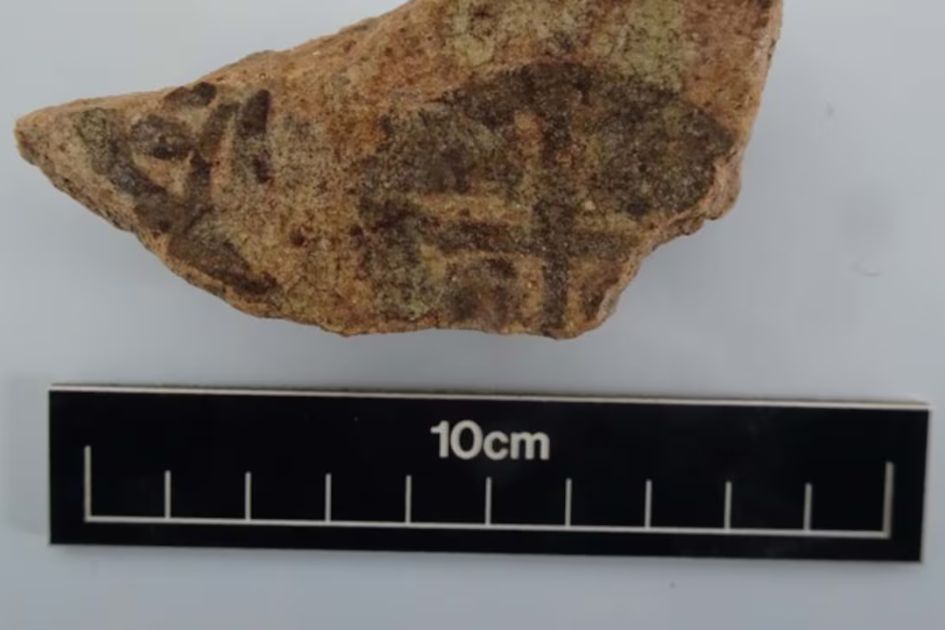Bahraini and British archaeologists have discovered one of the oldest Christian structures in the Arabian Gulf.
This is the first physical evidence that a Nestorian Christian community existed in the island nation in ancient times.
Located in Samahij, Muharraq, Kingdom of Bahrain, the ancient Christian building was found underneath a 300-year-old mosque. It was able to survive thanks to the mosque that contributed to its preservation.
The Christian building has eight rooms and is thought to be home to the bishop of the diocese, in Samaheej, a village on the northern coast of Muharraq Island.
Some notable findings were three plaster crosses—two that serve as the building’s exterior decoration and another that was possibly kept as a personal memento. There were also wall carvings of the fish symbol and the “Chi Rho” symbol, which represents the word “Christ.”

The fish symbol, originally used as a secret sign by early Christians, holds deep significance. The Greek word for fish, “ichthys,” was adopted by first-century Christians as an acrostic: Iesous Christos Theou Yios Soter—meaning Jesus Christ, Son of God, Savior.
The fish was also related to other Biblical symbols, with Christ calling his disciples “fishers of men,” feeding the 5,000 with two fishes and five loaves, and water baptism practiced by immersion.
Christians’ lifestyle in ancient times
Researchers discovered that the occupants of the buildings were involved in trade with Indians as they discovered semi-precious agate beads and broken Indian pottery. There were also small drinking glasses and 12 copper coins, which suggest the use of Sasanian Empire currency.
Spindle whorls and copper needles were also retrieved. These items suggest that the occupants produced clothes for religious purposes.
Researchers were also amused to find a pearl shell with a face drawn on it. The team believed that a child, who possibly lived in the building, drew it using bitumen, a black viscous mixture sometimes referred to asphalt or tar.
Historical timeline
The radiocarbon dating of the Samahij sites confirms that Christians occupied the building between the mid-4th and mid-8th centuries CE and likely abandoned the place as Islam spread among the local population.

Records also indicate that the building is related to the central church authorities, with one bishop dismissed in 410 CE and another condemned in the mid-7th century after challenging church unity.
The ancient Christian building is believed to be related to the Church of the East, also known as the Nestorian Church, which spread in the region hundreds of years ago until the 7th century. This church coincided with Islam flourishing in the communities in 610 CE.
Dr. Salman Al Mahari, who leads the Bahrain Authority for Culture and Antiquities, worked together with Professor Timothy Insoll and his team from the Institute of Arab and Islamic Studies at Exeter in the UK to unearth this ancient history. The excavation started from 2019 to 2023.
Their team will resume digging deeper into the site this month.




